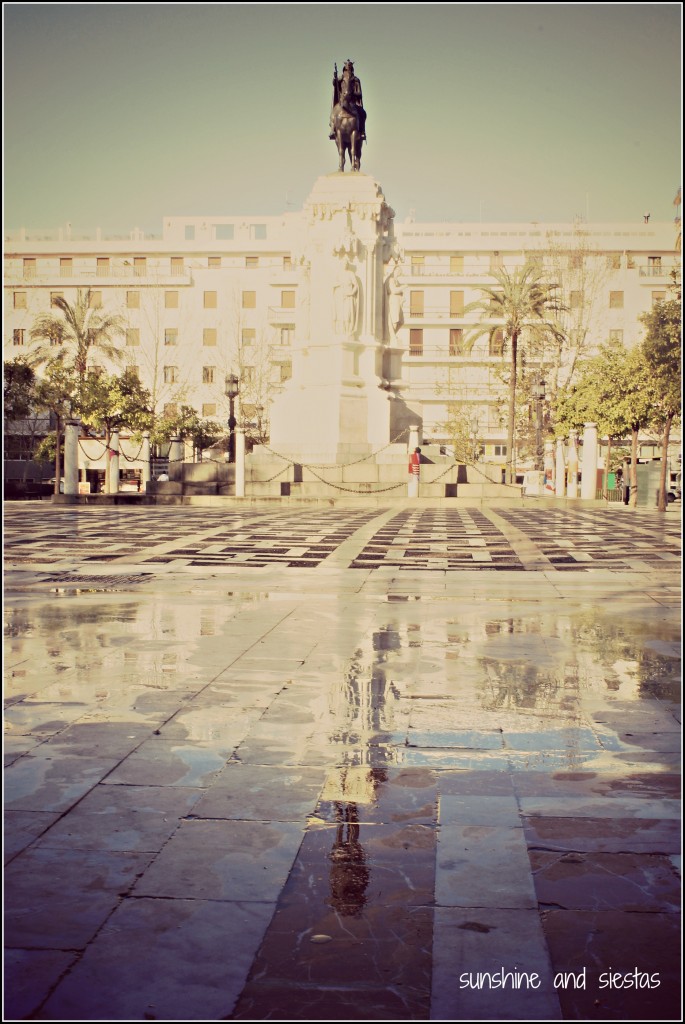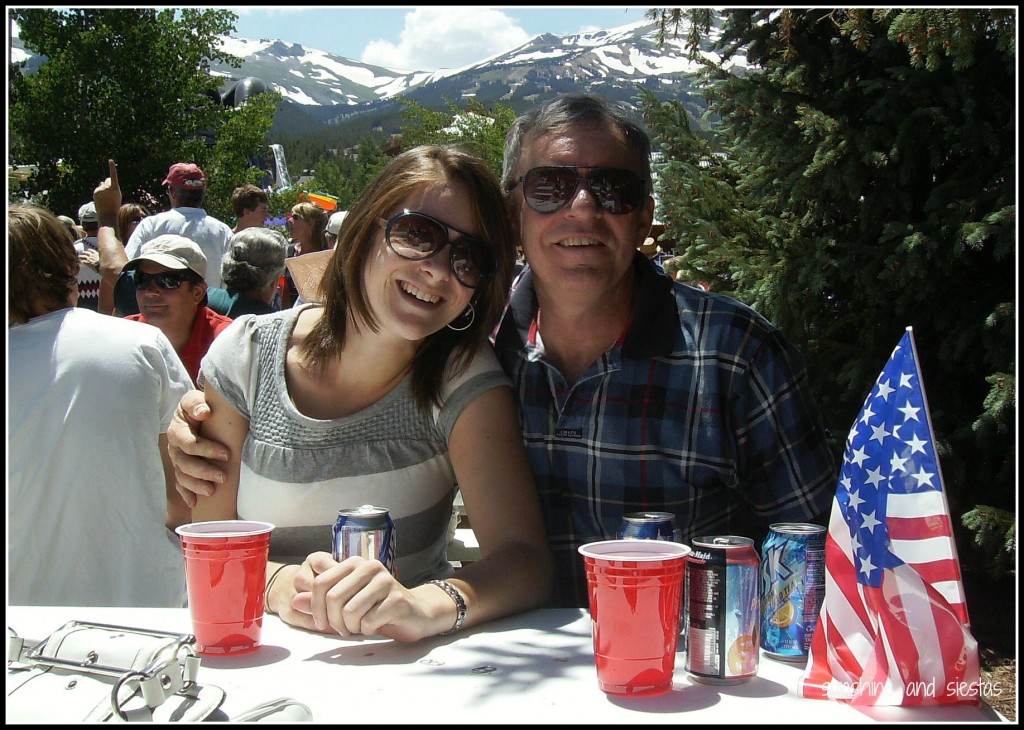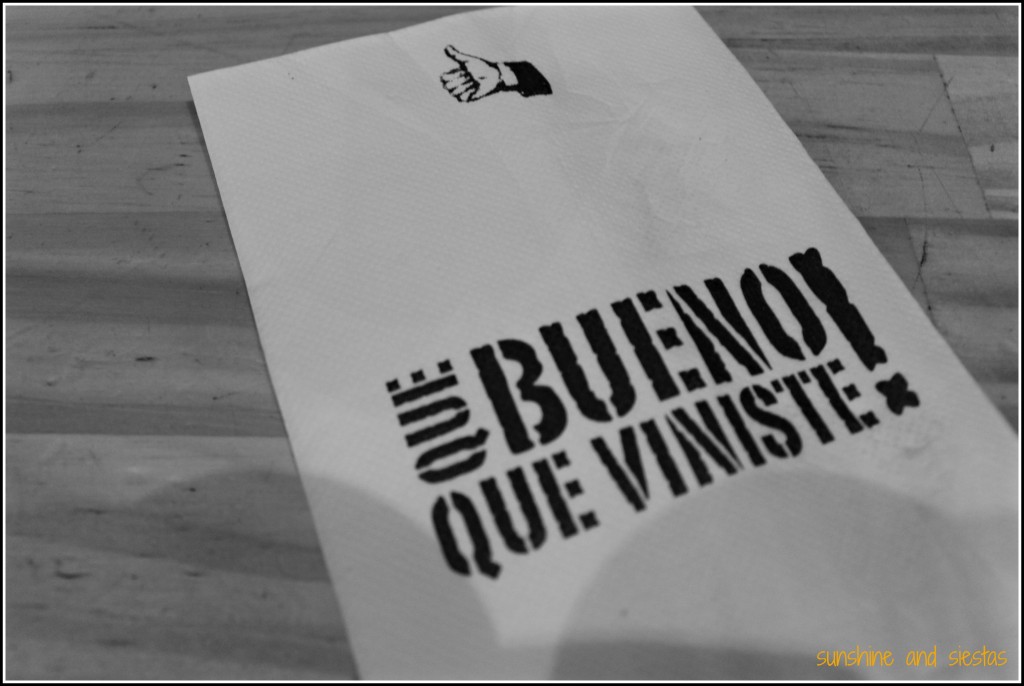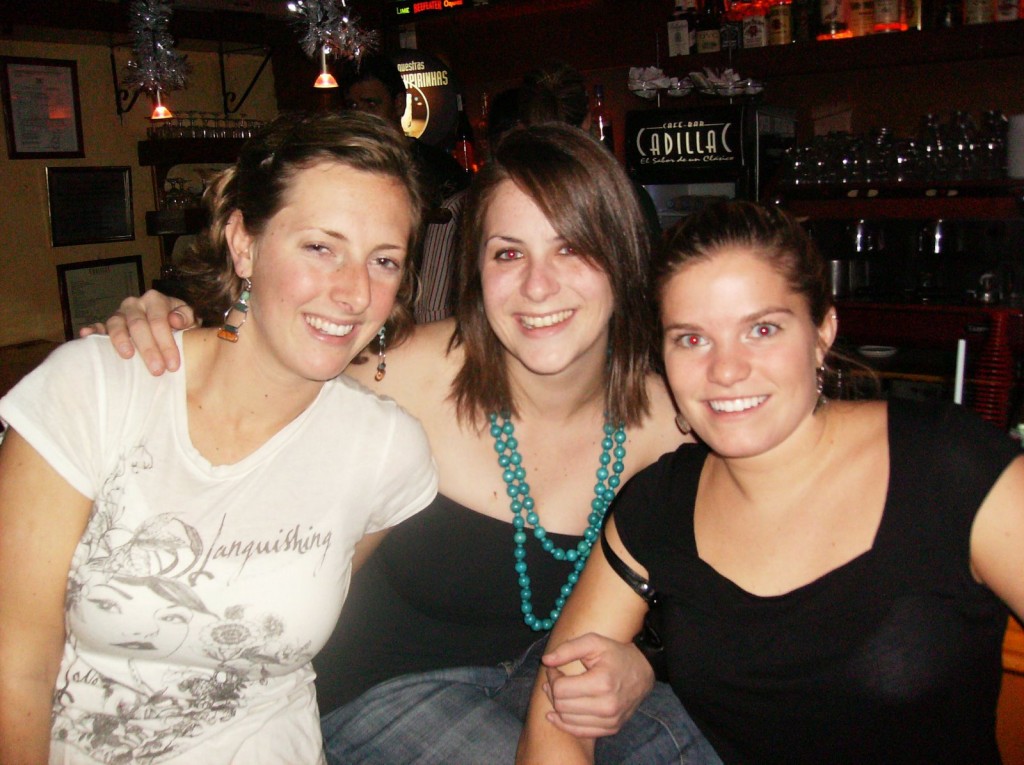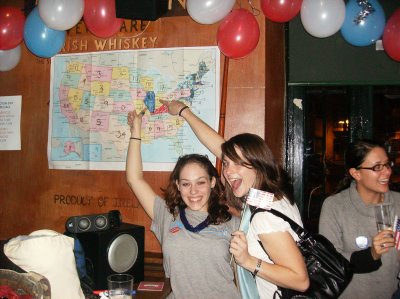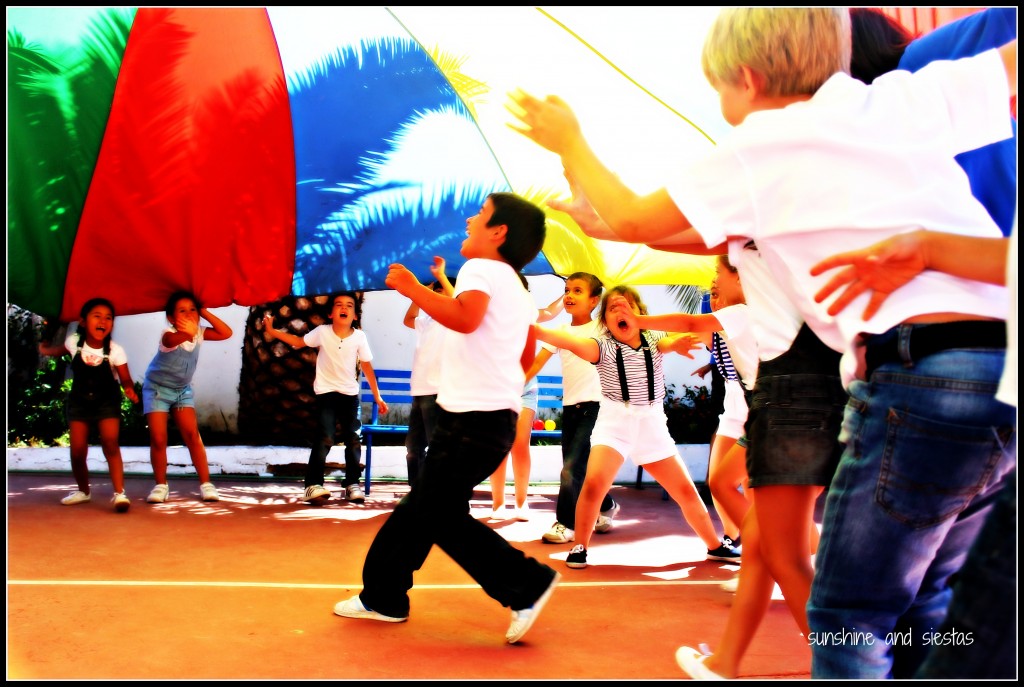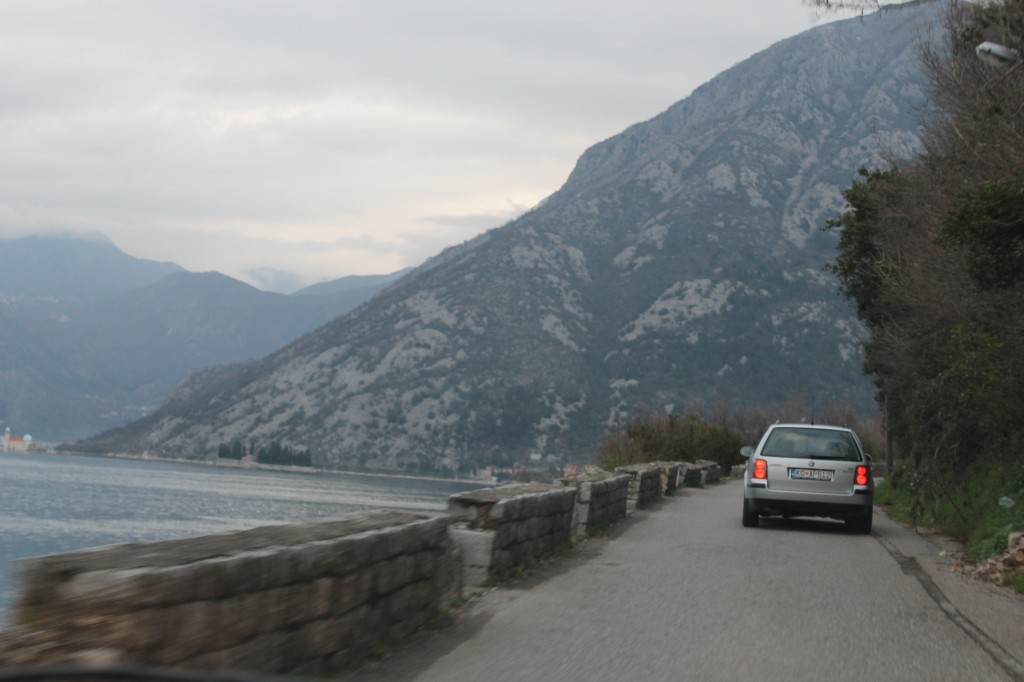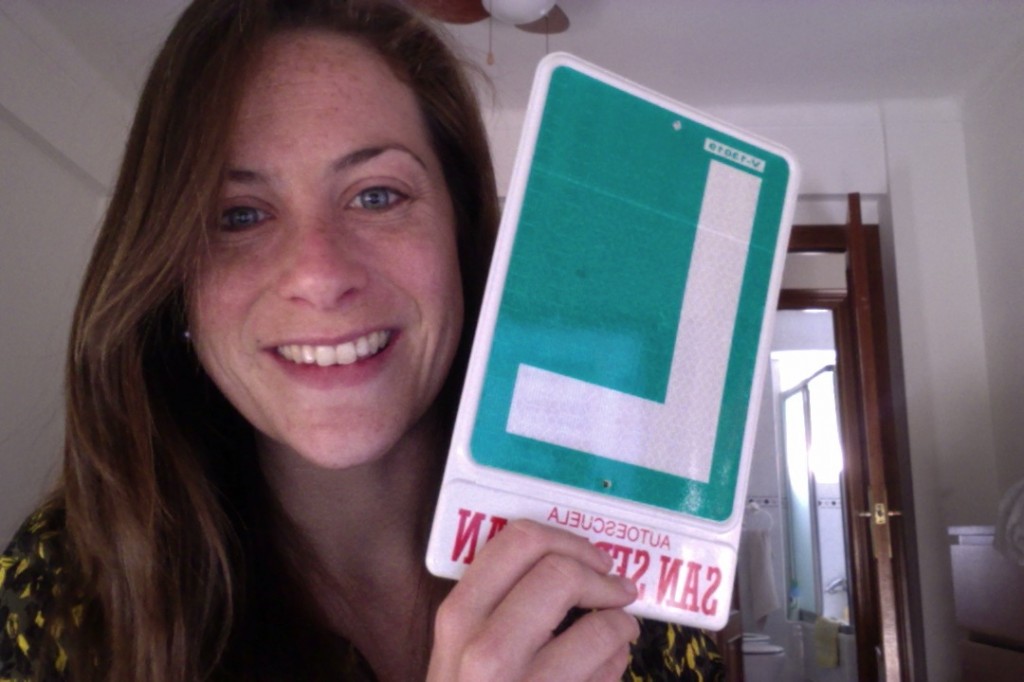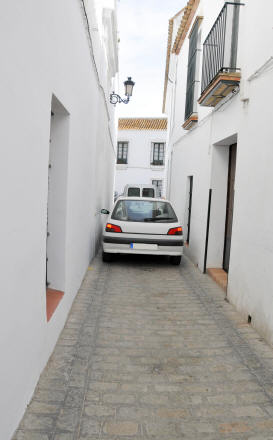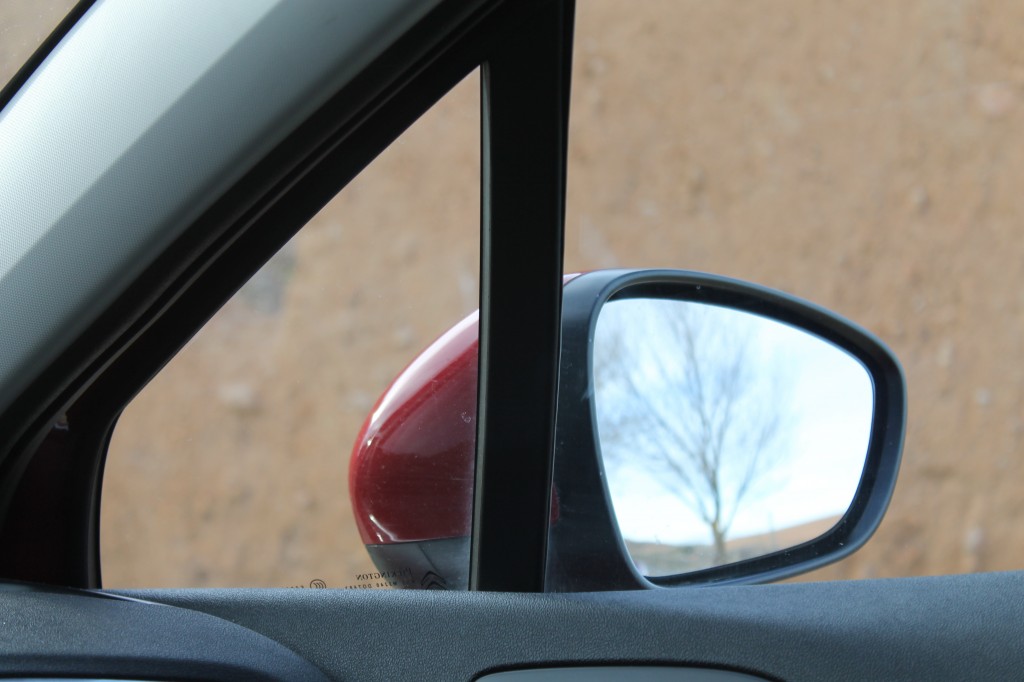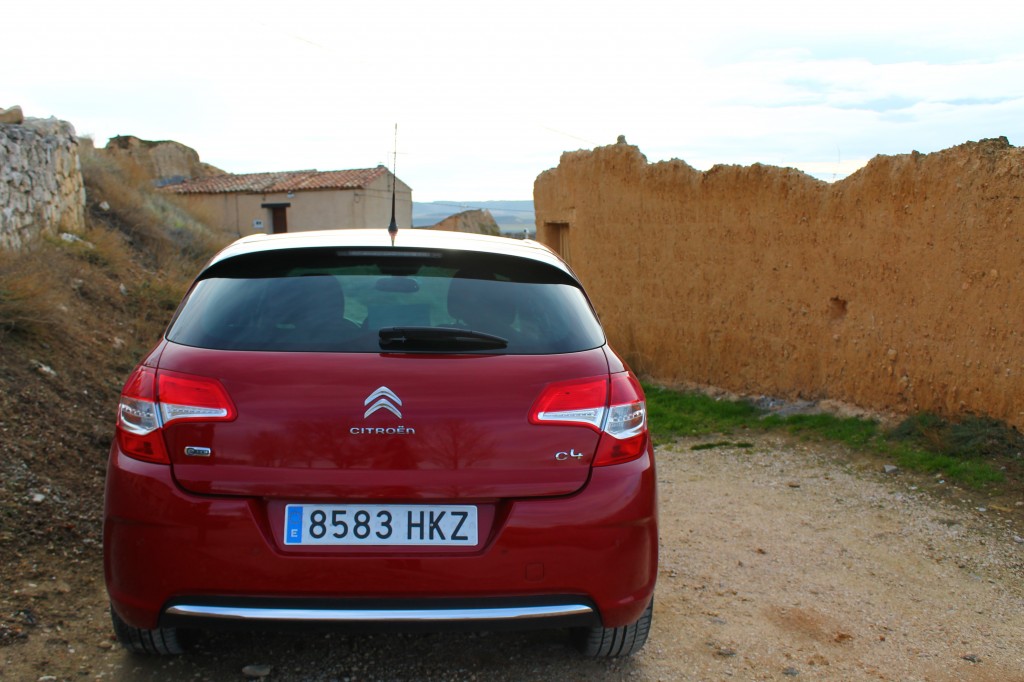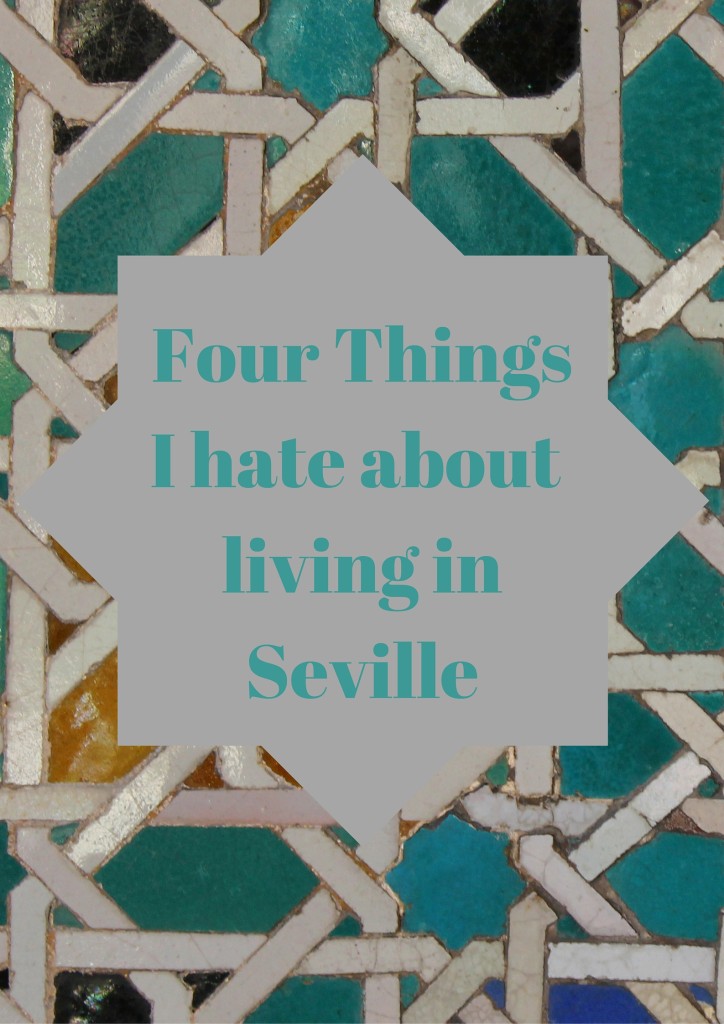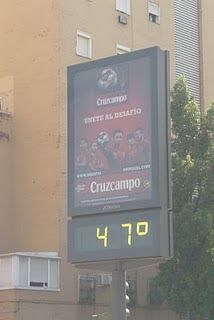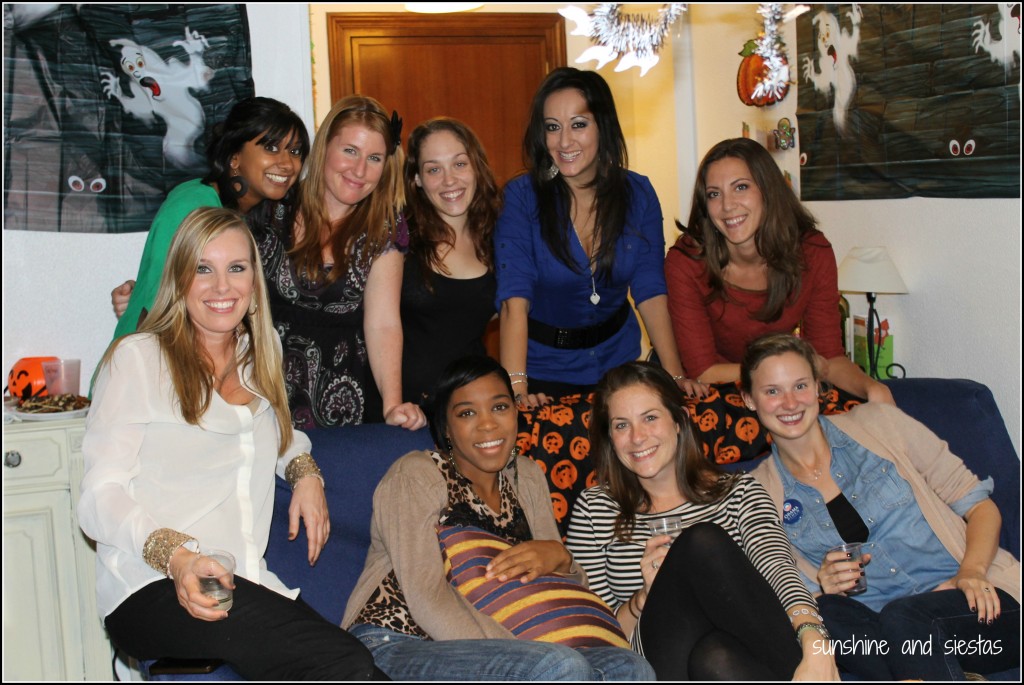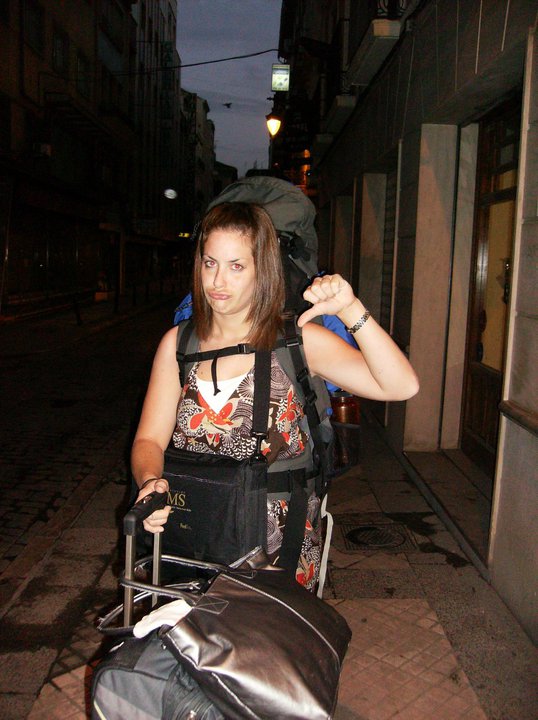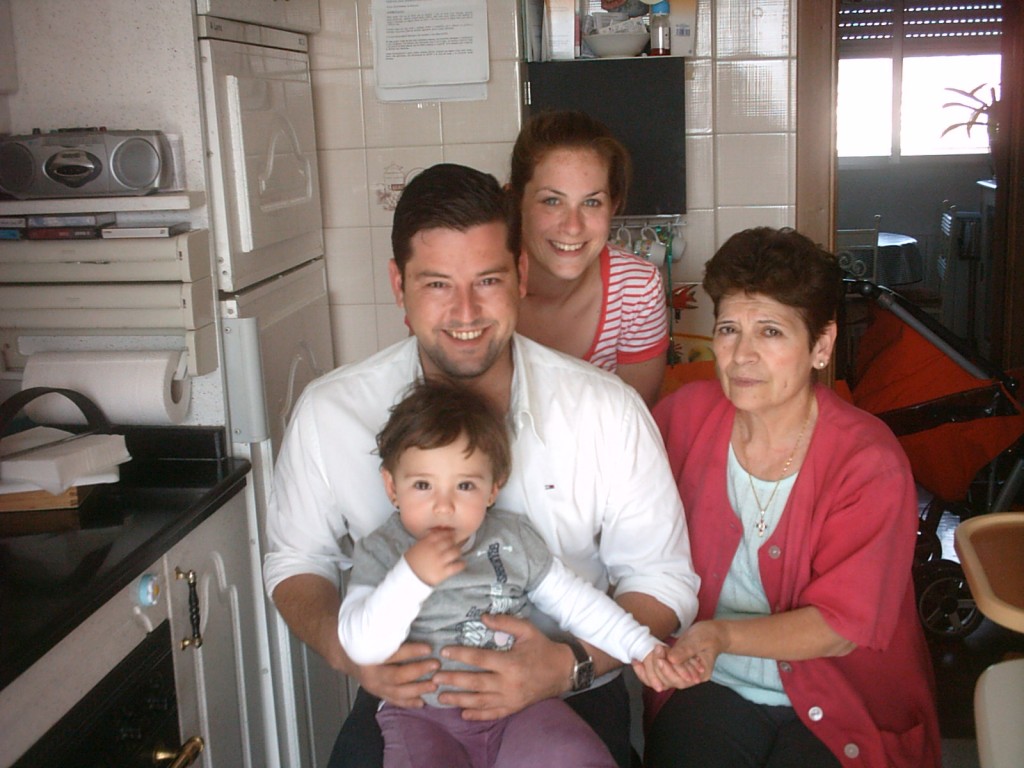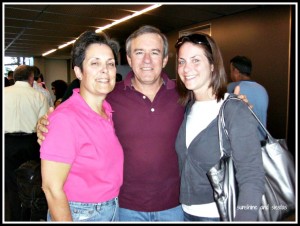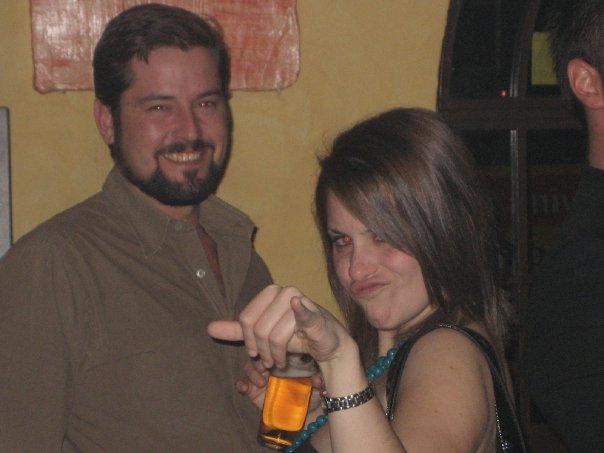The other day, Seville was held hostage by light rain. I did a bit of puddle jumping, nearly taking out morning shoppers and walkers with my umbrella as I ran to catch the bus. The bus, in its normal fashion, stopped down the street and stayed there for five months.
As I tried to catch my breath, a man in his 70s covered me from the light sprinkle. He reeked of cigarettes and anise, just the way I like my Spanish abuelos. “Ofu, what a day,” he hacked, a small chuckle caught in his throat. We smiled at each other for a few moments before he offered a bit more, “Look at that bus, getting caught in traffic. People here don’t know what to do in the rain.”
It was my turn to chuckle. Being from Chicago, we’re used to two seasons in the year (winter and construction on the Dan Ryan) and four in one day. I can withstand heat and bitter cold, have survived three tornadoes and even learned to drive in the snow when I first got my driver’s permit. Upon mentioning this, the old man’s eyes lit up. “But your Spanish is impeccable! You may, in fact, be more sevillano than me!”
Aha, there it is. Whenever I seem to be out doing my normal guiri thing (in this case, picking up some forms for the academy), people stop to talk to me. Most are keen on touting my Spanish or are shocked that I moved away from home so young. Y tus padres? They ask, unable to fathom how a child would leave the comfort of their parents’ home, where laundry is done for them and tupperwares full of food dished out.
When my parents were visiting last year, my habits puzzled them. How could I be hungry at 3pm? What do you mean stores aren’t open on Sundays? You really do take a siesta? I didn’t come to Spain to simply hang out and learn some Spanish. I never set out to be Spanish or change my habits, either. What’s funny is that, the longer I live in Spain, the more American I seem to feel.
Just recently, an American food store opened up right in the center (and, ironically, in the same locale where I bought my flamenco dress). The chatter amongst my guiri friends was electric, with everyone sharing pictures of their goodies from the cell phones. When I announced, “I’m kind of against the store,” I got puzzled and even annoyed responses. How could I not love paying 2,50€ for two Reese’s Peanut Butter Cups (I kid, and I almost did, except for that I already had some at home!).
Here’s the thing: the trips the Novio takes to the US always bring American gifts and the special treats my friends bring me on their visits are treated like contraband. I’ve left an entire box of Do-si-do Girl Scout cookies nearly untouched – I love opening my cupboard for some sugar to see them there. The Novio dutifully recites back what he needs to bring for Thanksgiving on his upcoming trip (and, bless his heart, he bought me new skivvies this summer at VS – it must be love), and my mother knows intuitively that I will always need greeting cards when she sends me a package. Just like in the Hunger Games, American Parcel Day means I won’t go empty-stomached.
Reese’s Peanut Butter Cups, vanilla extract, economy-sixed boxes of Cheeze-its. The Novio would take me, wide-eyed and fistful of dollar bills, to the American part of his base for the contraband, usually in the form of cans of Dr. Pepper and ranch dressing. The anticipation of these trips would build and build until I’d consume the overly sweet soda, usually after hitting the gym (I don’t feel guilty, in case you were just wondering).
What’s more, I’ve finally gotten cooking and baking with limited resources more or less figured out, and having all of those things so readily available would take the fun out of it.
Another case in point: When I visited my cousin for Oktoberfest, I nearly had a heart attack when we went into the grocery store on her Army base. For the first time in a year, I was technically on American soil, but my carry-on restrictions meant I had to pick and choose the most important goodies. Reese’s, Funfetti cake mix and cranberry sauce made the cut, and I almost sighed from relief that I didn’t have much room between Camarón and the dirndl. When I enquired about German beer, Christyn said it was only sold in the nearby gas station. Apparently Bud Light > Paulaner (wtf).
I think there’s a big difference between me and them: They came for work and because the Army required time abroad at one of the overseas bases. I came because moving to Spain sounded like a fun way to skip out of America for a year. I didn’t come for anyone but myself; I came for the adventure and the chance to learn Spanish, and I stayed for the culture, the challenge and the Novio (duh, and the food).
Perhaps it’s the fact that Seville continues to modernize, taking with it some of the old world charm that had me so smitten in the first place. As my friend Mickey pointed out, there were no Starbucks when she came to Seville eight years ago, and now there are three on the same stretch of street (and this was once my homesickness remedy). Souvenir stores have elbowed out century-old hardware stores in the Santa Cruz neighborhood, and there’s English everywhere I turn. My ciudad de alma is starting to seem a lot like any mid-sized American city, and it’s stinging a little bit.
But don’t get me wrong: I relish in the fact that the TDT finally works and I can watch TV in English. Hamburgers, guacamole and roast chicken get made just as often in our home as fabada and tortilla francesa do. I speak just as much English each day as I do Spanish. America is where I lived the first 22 years of my life, and I consider it my home.
There’s much more to it than looking the part with my freckles, blue eyes and reddish hair against the dark Andalusian beauties. The first time the Novio saw me in a flamenco dress, his eyes lit up a bit, and then he just laughed at a beef-loving American stuffed into a traje de gitana. Try as I might, I look the part and even act it. Nevermind that I am a card-carrying resident of the EU, that I belong to a country club and that my partner serves in the Spanish military. I still believe that arriving on time is late, that one can only stay up so long on weeknights (even when she works at 3pm) and that the 4th of July is the best damn date on the calendar because, let’s face it, I love hot dogs and fireworks more than jamón and bullfights.
The Guiri Complex is just that: the inability to really feel like both of your feet are in the same place. My heritage and my native tongue make me a hot commodity in Spain, meaning I’ll always have a means to stay here and work. I’m the lovable friend who makes language blunders and bakes brownies for birthdays, the affable guiri, or foreigner, in the group.
My friends back home think that living in Spain must be romantic and full of sunshine and trips. It is and it isn’t. If I lived in America, I’d be working, paying bills and contemplating what to make for dinner. I do that in Spain, too. The currency I use for the ingredients for that dinner are bought in euros and sometimes have funny names, but it’s really no different. In fact, I’m often jealous that my friends are all so close to one another, can be at one another’s weddings and make a salary that allows them some luxuries.
I sometimes feel like I live in a strange cross between everything I knew as a kid and the excitement of experiencing a new culture and language from the ground. I still cling to my American traditions and comfort food, but have adopted new holidays and a more adventurous palate. I’m constantly torn between two places where it feels like my heart belongs: Seville and Chicago.
Do you experience the guiri complex? Are your feet in just one bucket, or in both? And how do you cope?
